The Nymphalidae family, also known as the brush-footed butterflies, share several common characteristics. While individual species within the family may have specific variations, there are a few features that are generally common to all Nymphalidae butterflies. Here are some traits that unite them:
1. Reduced Forelegs
One common characteristic of Nymphalidae butterflies is that their front legs are reduced in size and covered in short, brush-like hairs. These legs are not used for walking but are instead used for cleaning their antennae and eyes, tasting and smelling, and communicating.
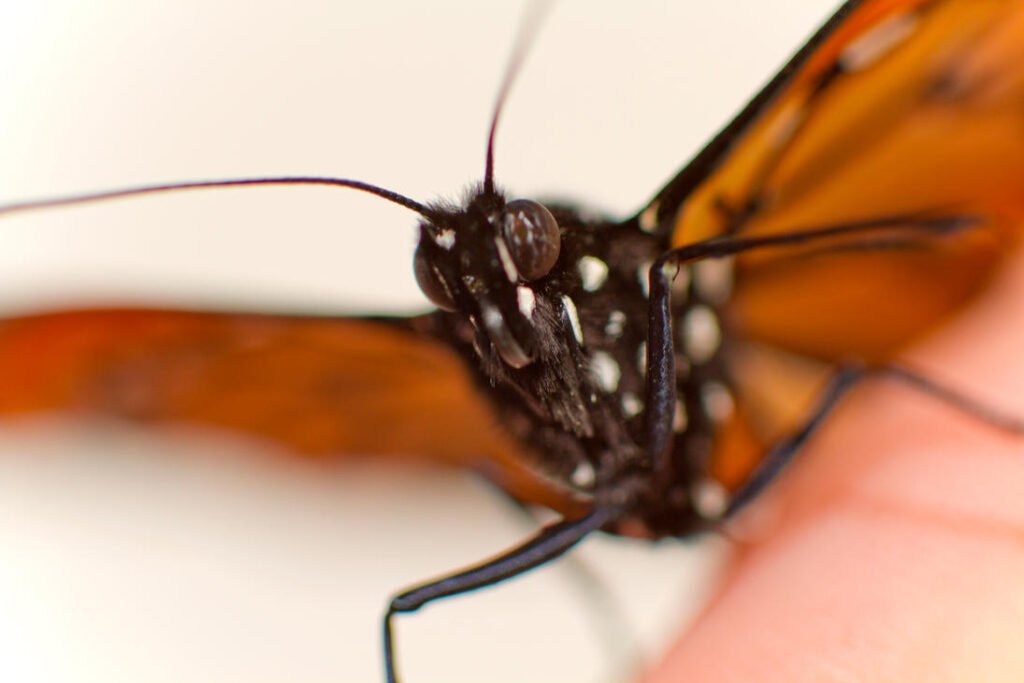
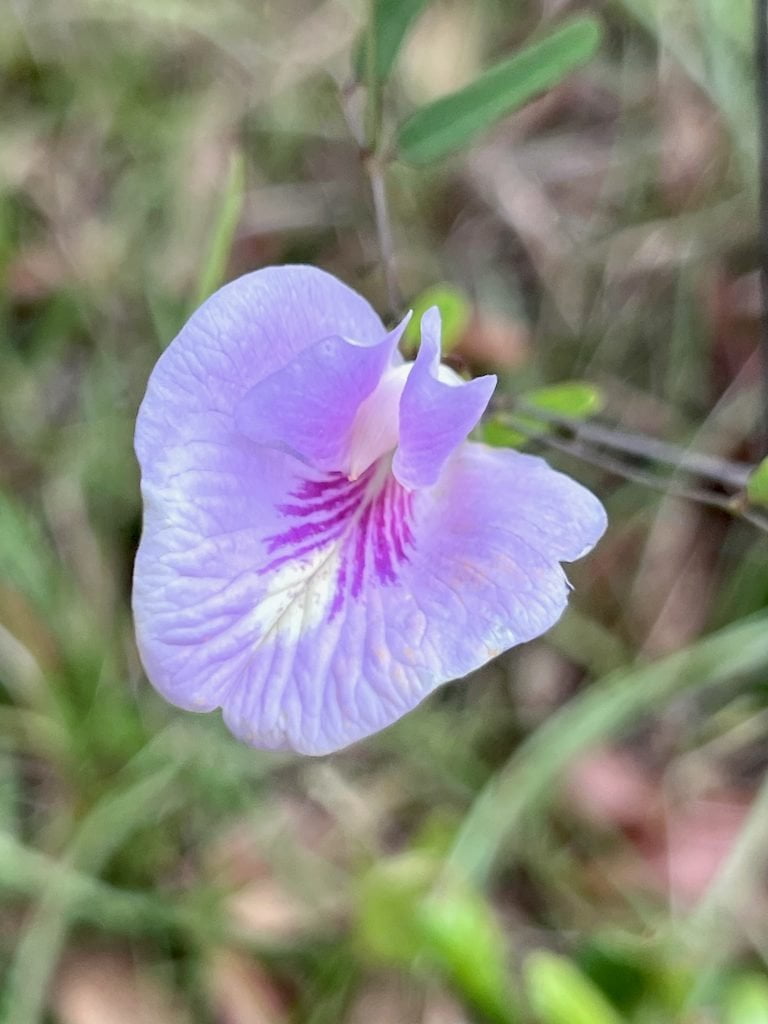
2 Sweet-Scented Pigeonwings (Clitoria Fragrans) Seeds for 2024 – Florida Native – FL ONLY – Free Shipping
Clitoria fragrans is a rare species of flowering plant in the legume family known by the common name pigeon wings, or sweet-scented pigeon wings. It is endemic to Central Florida and is listed as federally endangered. If you think you can grow one, then you can help Johnny on his mission to restore endangered species… one day at a time!
2. Clubbed Antennae
Nymphalidae butterflies typically have antennae that end in small, rounded clubs. These antennae help them sense their surroundings and locate nectar-producing flowers for feeding.
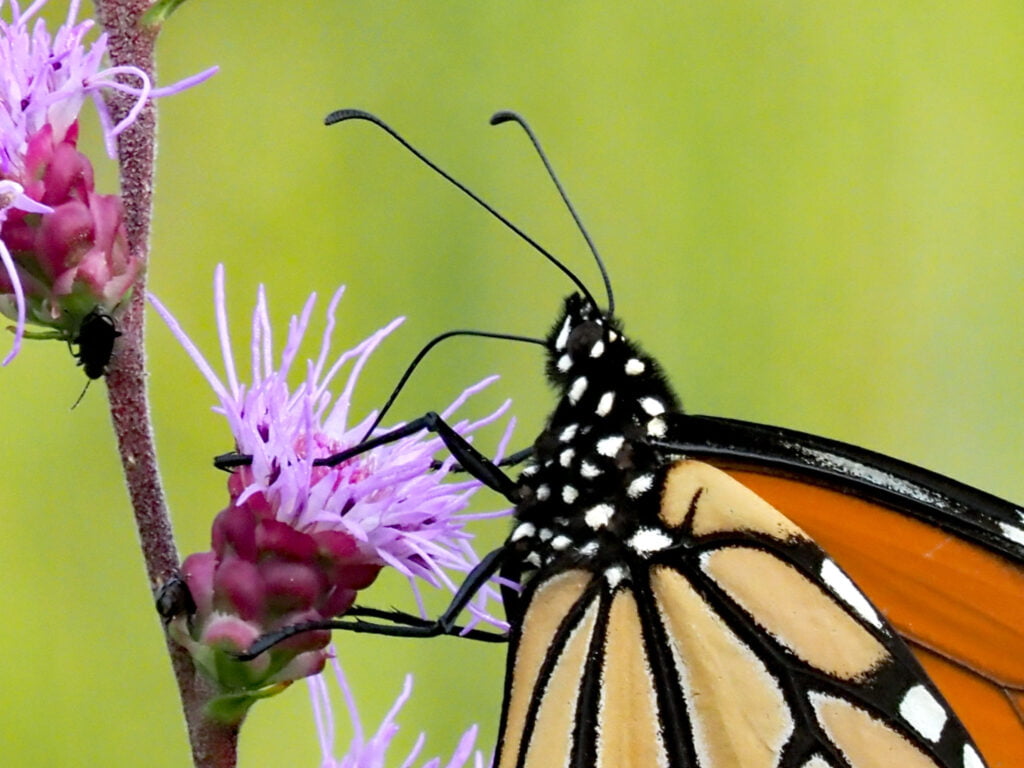
3. Bright Colors and Patterns
Many Nymphalidae species exhibit vibrant and eye-catching colors on their wings. These colors often serve as warning signs to predators, indicating that the butterfly is toxic or unpleasant to eat. The patterns and colors can vary greatly between different species.
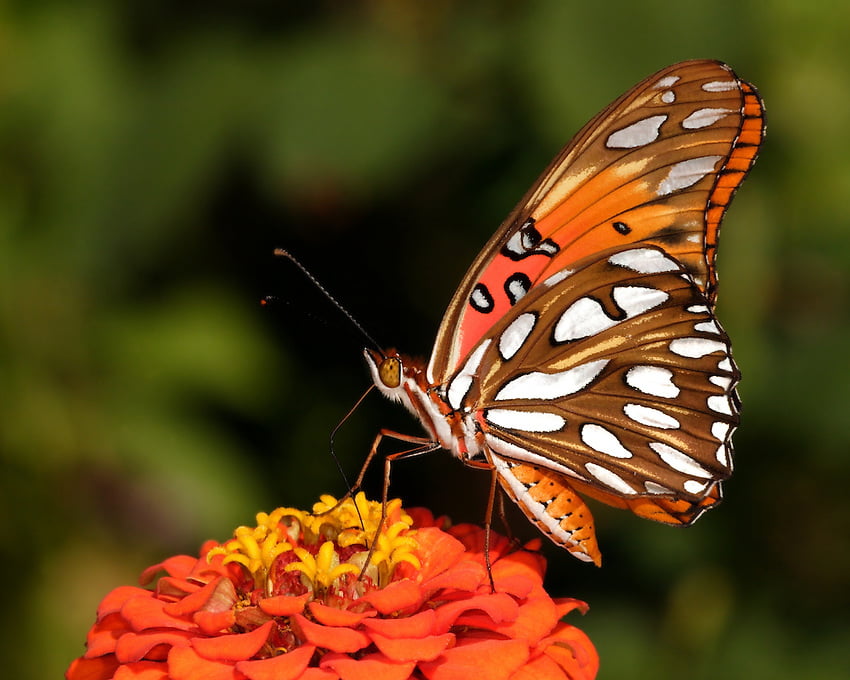
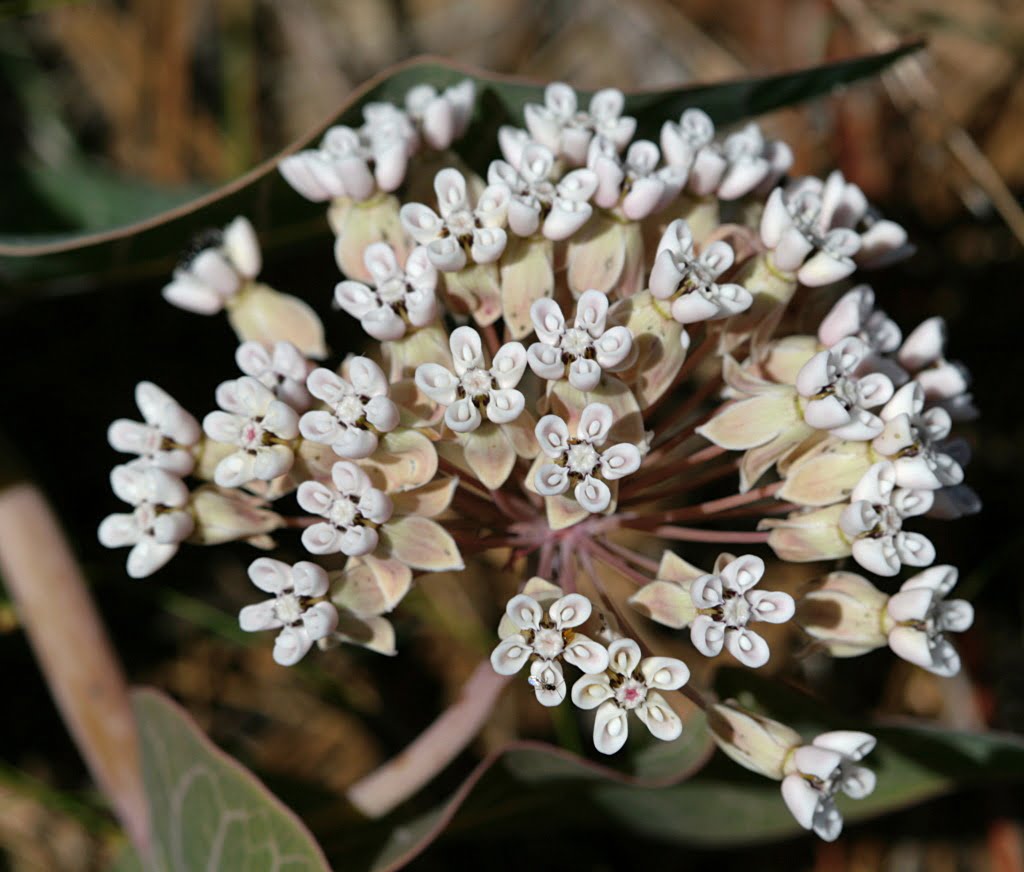
20 Florida-Native Sandhill Milkweed Seeds Ascslepias Humistrata Pinewood Milkweed – Free Shipping
With Johnny Butterflyseed’s Sandhill Milkweed seeds, you’re not just planting flowers; you’re cultivating a living mosaic of nature’s marvels. Florida Native. Free shipping.
4. Strong Flight
Nymphalidae butterflies are known for their powerful flight capabilities. They have broad wings that allow them to maneuver swiftly and gracefully through the air. This ability helps them navigate their surroundings, search for food, and avoid predators.
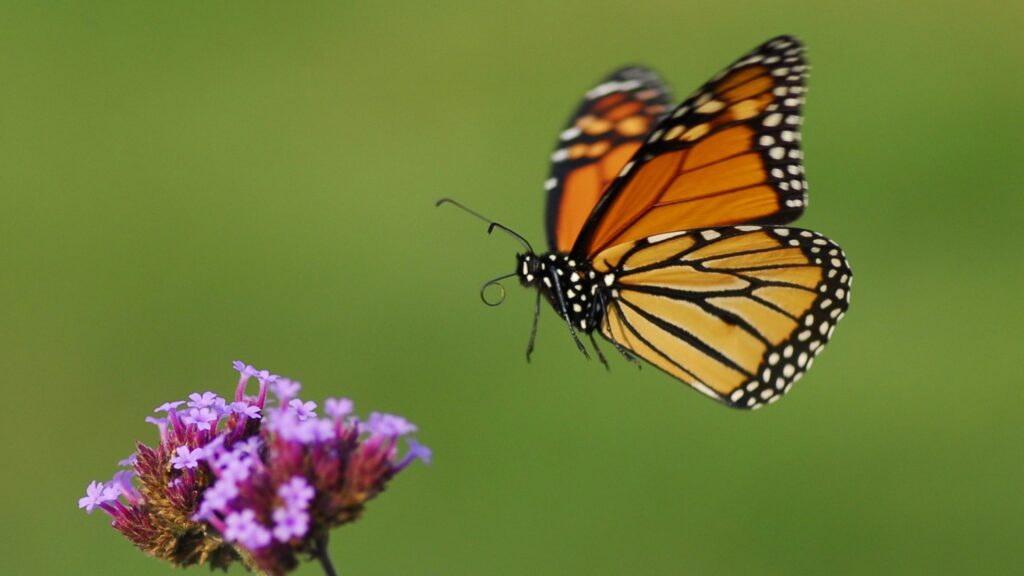
5. Pupal Stage
Like all butterflies, Nymphalidae species undergo complete metamorphosis, which includes four distinct life stages: egg, caterpillar (larva), pupa (chrysalis), and adult butterfly. During the pupal stage, the caterpillar transforms into a butterfly inside a protective casing called a chrysalis.
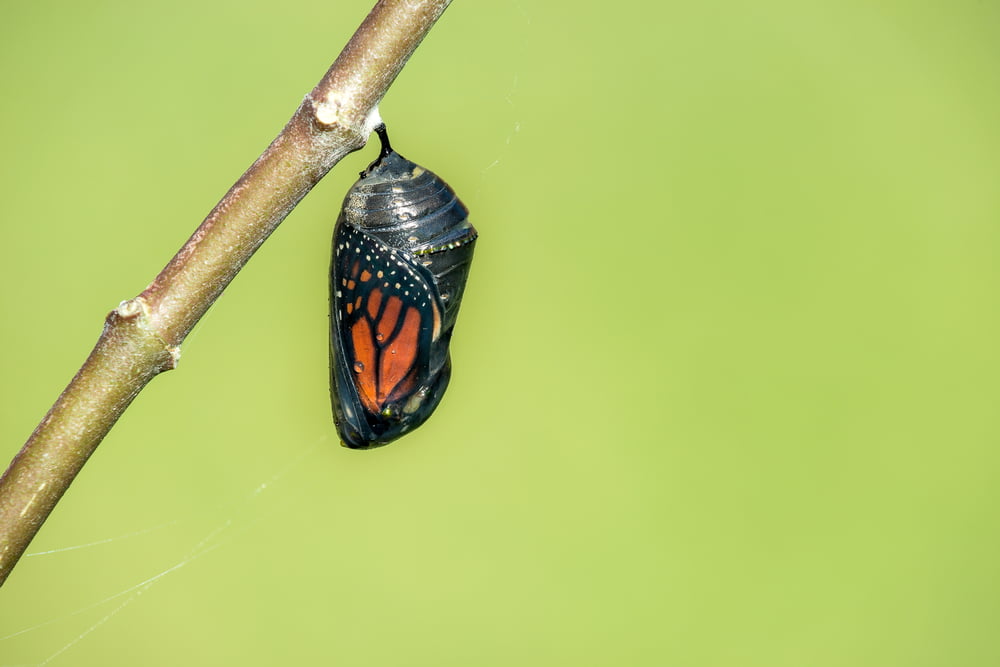
These are some general characteristics that are commonly observed among Nymphalidae butterflies. However, it’s important to note that individual species within the family may exhibit variations in size, coloration, wing shape, and other specific traits.
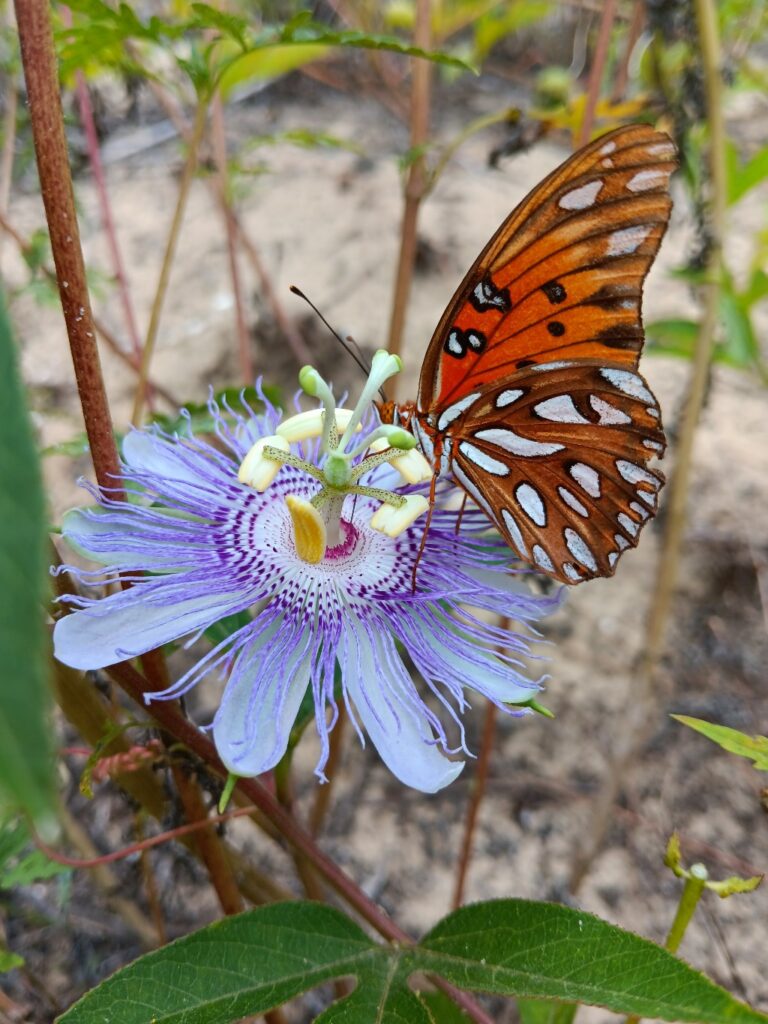
25 Florida-Native Maypop Purple Passionvine Seeds (Passiflora Incarnata) – Free Shipping
Maypop Purple Passionvine Passiflora Incarnata seeds. Florida Native. 25+ seeds. Free shipping.
The more we learn about the magic and miracles of butterflies, the more we can appreciate all of Creation… one day at a time!

The Adventures of Johnny Butterflyseed Author Signed Copy
Save the monarchs!
Johnny Butterflyseed and his fairy friend, Raven Silverwing, embark on a mission to save the rapidly disappearing butterflies. They enlist the help of Queen Venus Goldwing and her kingdom of monarchs to educate and inspire kids to become butterfly farmers. At first, Johnny faces his own internal struggle with self-doubt and fear in his ability to make a difference, but then soon develops a mindset that allows him to not only get started, but also make progress one day at a time. Through challenge after challenge, Johnny learns that he is not alone in his mission and that there are many people who want to help. Together, Johnny, Raven, and Queen Venus educate thousands of children on becoming butterfly farmers.